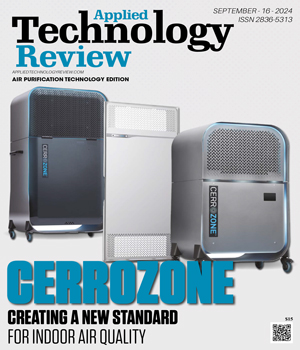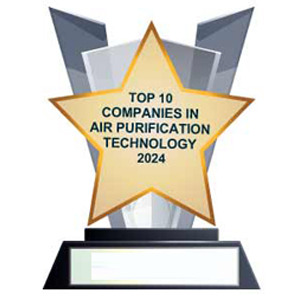As concerns over air quality rise globally, driven by urbanization, industrialization, and the increasing frequency of wildfires, air purification technology has seen rapid advancements. No longer confined to the basics of HEPA filters and activated carbon, today’s innovations reflect a blend of cutting-edge science and consumer demand for healthier living environments.
While High-Efficiency Particulate Air (HEPA) filters remain a gold standard, capable of trapping particles as small as 0.3 microns, recent advancements have pushed the boundaries of filtration further. Ultra-fine filters, sometimes called ULPA (UltraLow Penetration Air) filters, are now emerging in the market, capable of filtering out particles down to 0.1 microns. These filters are particularly effective in environments that require extreme cleanliness, such as hospitals and laboratories, but are slowly making their way into high-end consumer products.
The use of UV-C light in air purifiers has been around for some time, but recent innovations have made it more effective and safer for home use. UV-C light, with its germicidal properties, can inactivate bacteria, viruses, and other pathogens. The latest air purifiers often incorporate UV-C as a secondary layer of protection after mechanical filtration, ensuring that any surviving microorganisms are rendered harmless.
Photocatalytic oxidation (PCO) is another promising technology that uses UV light in combination with a catalyst, usually titanium dioxide, to break down volatile organic compounds (VOCs) and other pollutants into harmless byproducts. This method is particularly effective against gases and odors, areas where traditional filters struggle.
The rapid advancements in air purification technology reflect a growing recognition of the importance of clean air in maintaining health and well-being. From more efficient filters to smart systems and portable purifiers, the options available today are more diverse and effective than ever. As technology continues to evolve, it promises not just to react to air pollution but to anticipate and prevent it, leading to a future where clean air is a given, not a luxury.


















